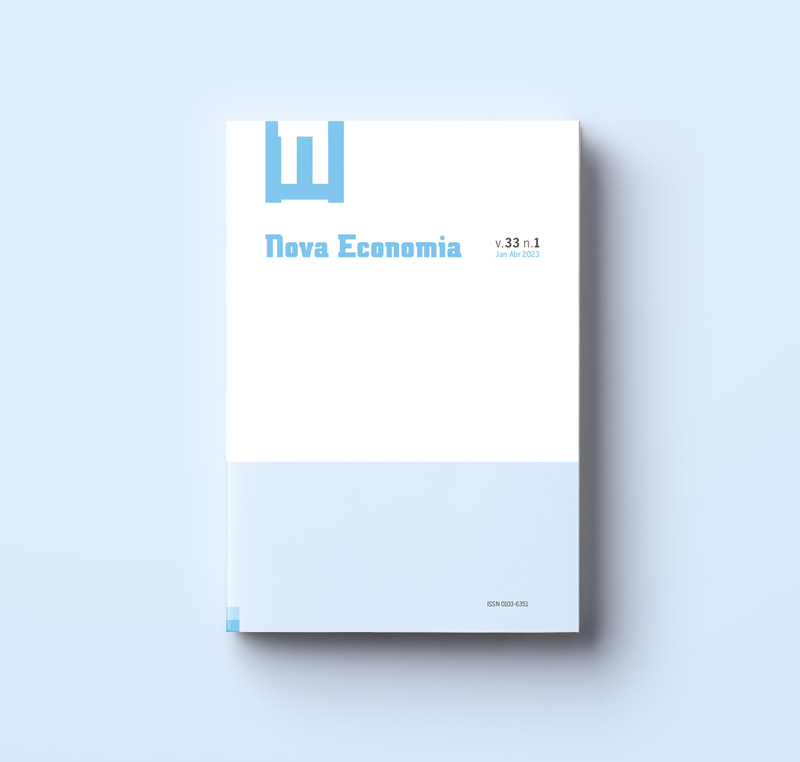Upstreamness, exports and international competitiveness: lessons from the case of China
Abstract
Abstract
This article aims to provide more and better evidence regarding the degree and nature of the interaction of countries within global value chains (GVCs), based on metrics compatible with the international fragmentation of production. The main focus is on the Chinese specialization pattern in vertically integrated production networks. Our results suggest that China’s production has advanced to other stages located more at the beginning/bottom of the GVC, while increasing its importance in cross-country production sharing and becoming less dependent of intermediate imports embodied in its exports. The decline in re-exported intermediate imports in China was not translated into lesser diversification of its exports. On the contrary, China has climbed the ladder of production complexity, while becoming more integrated into world trade and relying less and less on imported inputs, as well as becoming more competitive in the production of components.
Keywords: global value chains, international competitiveness, vertical specialization patterns, China.
JEL Codes: L00, L23, F14.
Downloads
Published
How to Cite
Issue
Section
License
Copyright (c) 2023 Marilia Bassetti Marcato, Carolina Troncoso Baltar, Fernando Sarti

This work is licensed under a Creative Commons Attribution 4.0 International License.
Authors who publish with this journal agree to the following terms:
- Authors retain copyright and grant the journal right of first publication with the work simultaneously licensed under a Creative Commons Attribution 4.0 International License that allows others to share the work with an acknowledgement of the work's authorship and initial publication in this journal.
- Authors are able to enter into separate, additional contractual arrangements for the non-exclusive distribution of the journal's published version of the work (e.g., post it to an institutional repository or publish it in a book), with an acknowledgement of its initial publication in this journal.
- Authors are permitted and encouraged to post their work online (e.g., in institutional repositories or on their website) prior to and during the submission process, as it can lead to productive exchanges, as well as earlier and greater citation of published work (See The Effect of Open Access).




